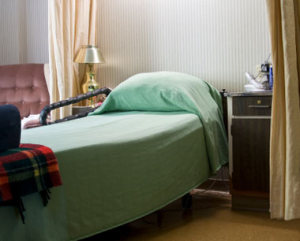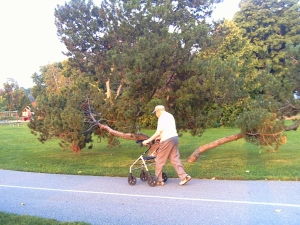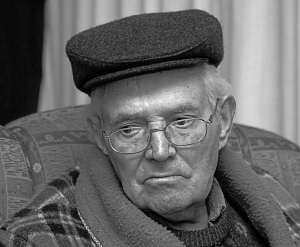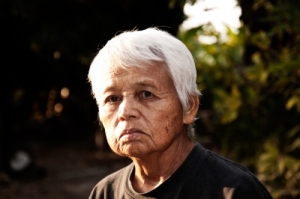Back in September, we discussed a federal lawsuit concerning nursing home abuse in Watsonville. According to a recent article in the San Jose Mercury News, the leaders of those two Watsonville nursing homes involved in the suit have agreed to a $3.8 million settlement. The lawsuit alleged that the owners “provided ‘substandard or worthless services,’ overly medicated residents, and submitted false Medicare and Medicaid claims.”
Background of the $3.8 Million Nursing Home Abuse Settlement
Filed eight months ago, the lawsuit alleged gross misconduct related to elder abuse and neglect. Now, almost a year later, the leaders of those Watsonville nursing homes have agreed to settle the case. The facilities include Country Villa Watsonville East (now renamed as Watsonville Nursing Center), and Country Villa Watsonville West Nursing and Rehabilitation Center (now renamed as Watsonville Post-Acute Center). Other named parties included the CF Watsonville East, LLC, CF Watsonville West, LLC, and the entities overseeing the finances and nursing home management of the facilities.
 Southern California Nursing Home Abuse Lawyer Blog
Southern California Nursing Home Abuse Lawyer Blog







 Aimed at Preventing Falls
Aimed at Preventing Falls Aggressive Encounters with Fellow Residents
Aggressive Encounters with Fellow Residents Elder Abuse Prevention Grants to the City of Los Angeles
Elder Abuse Prevention Grants to the City of Los Angeles






